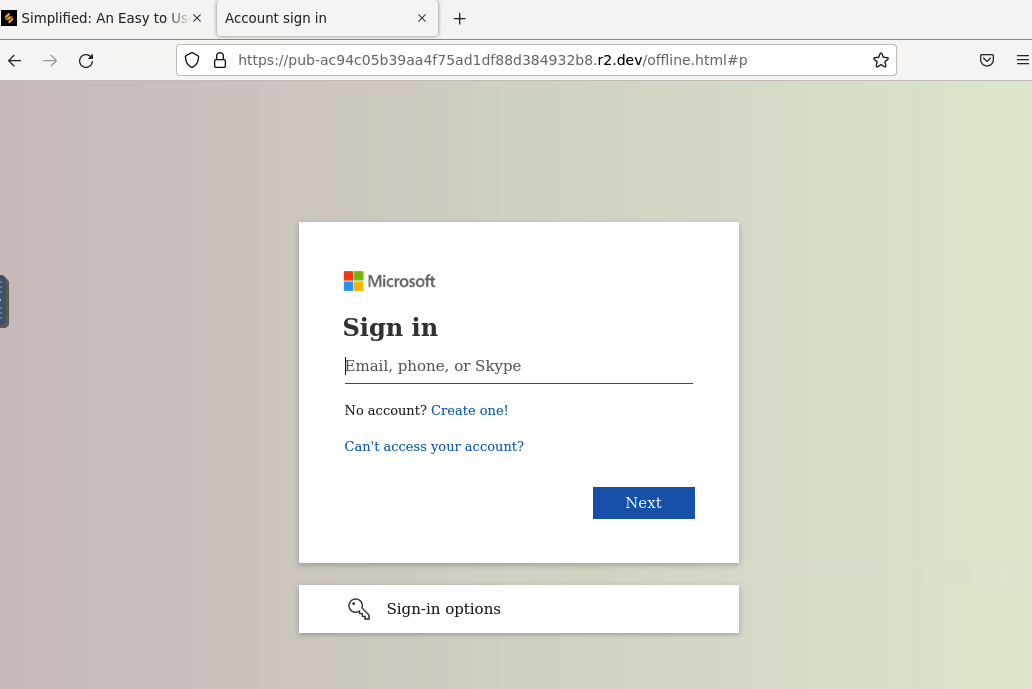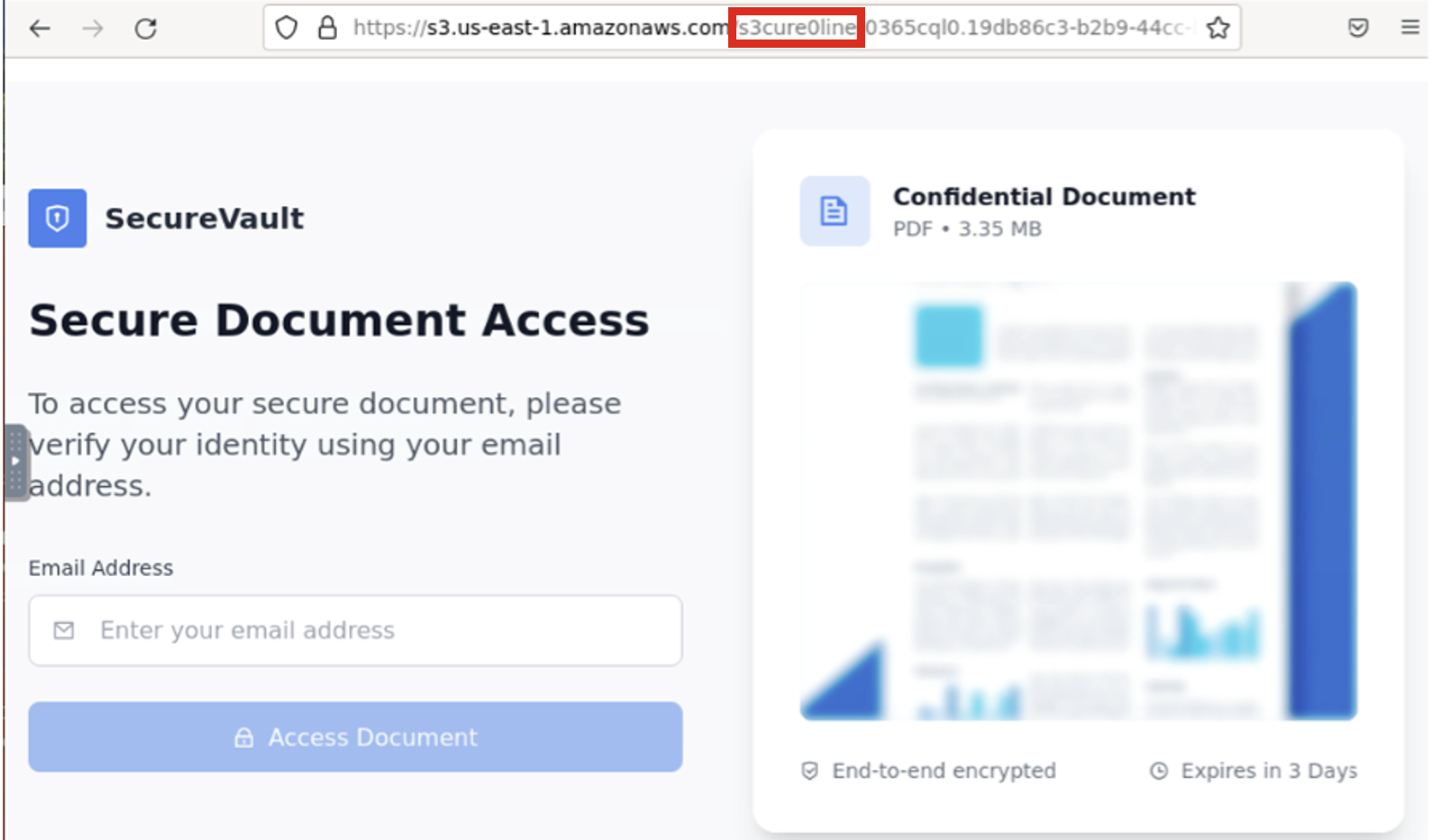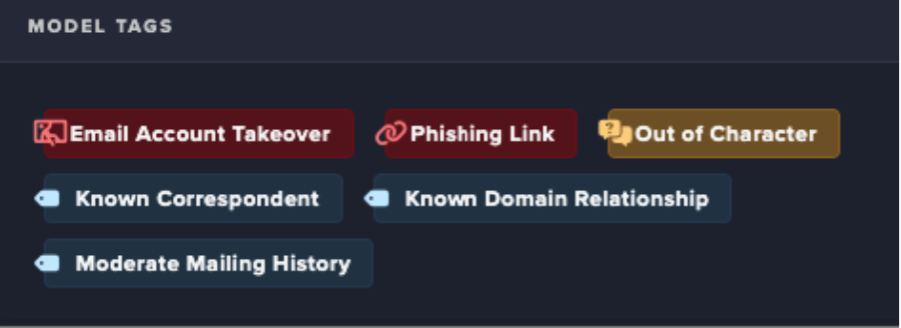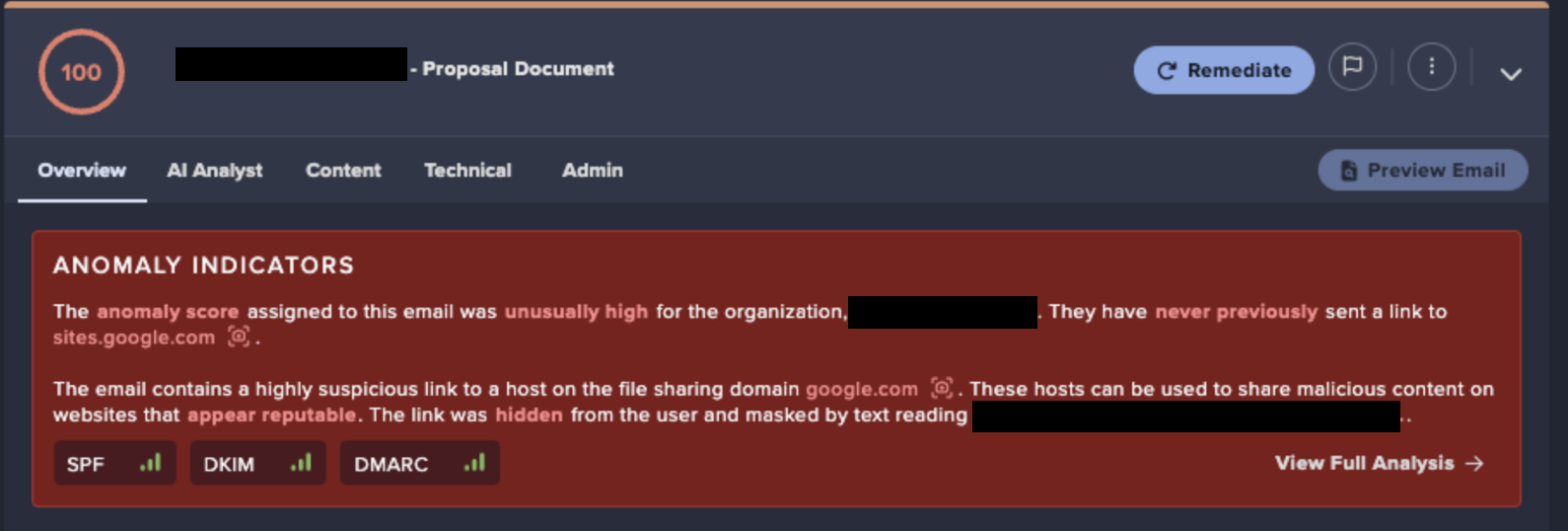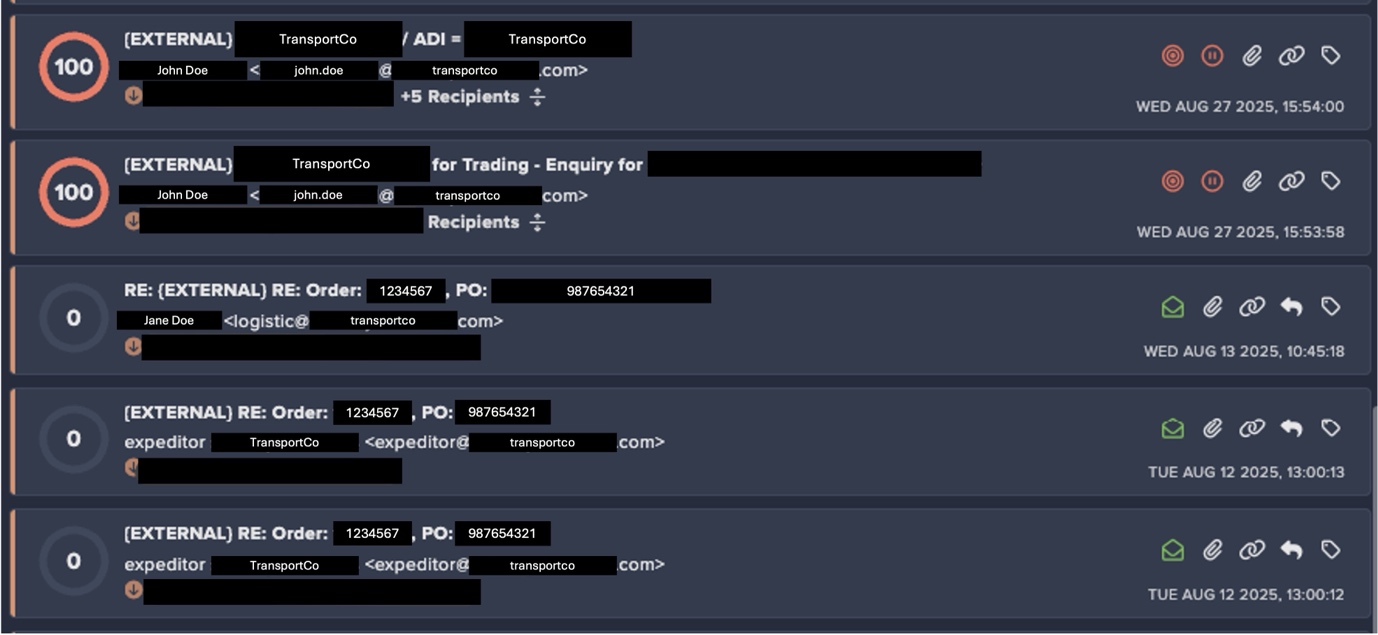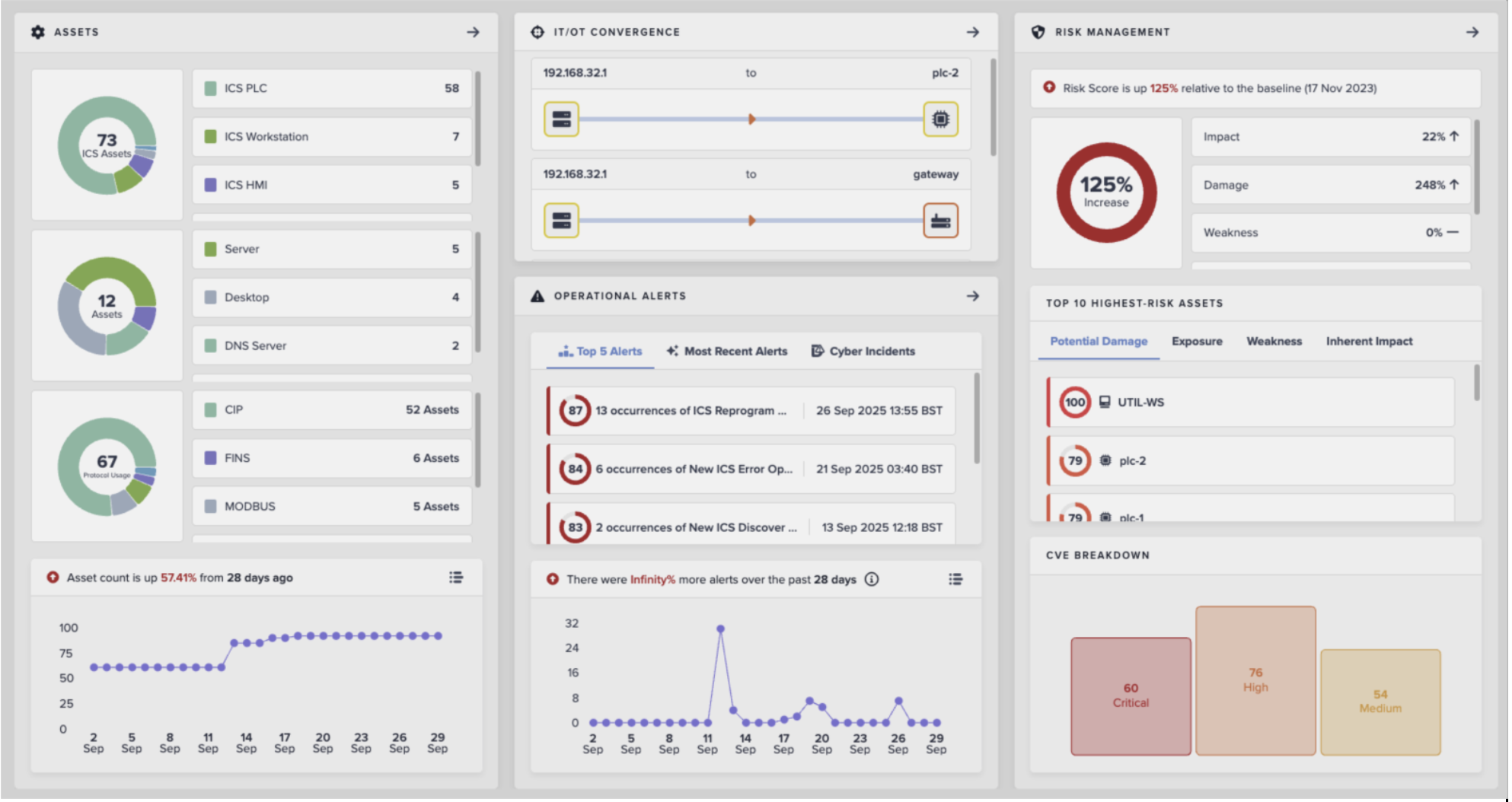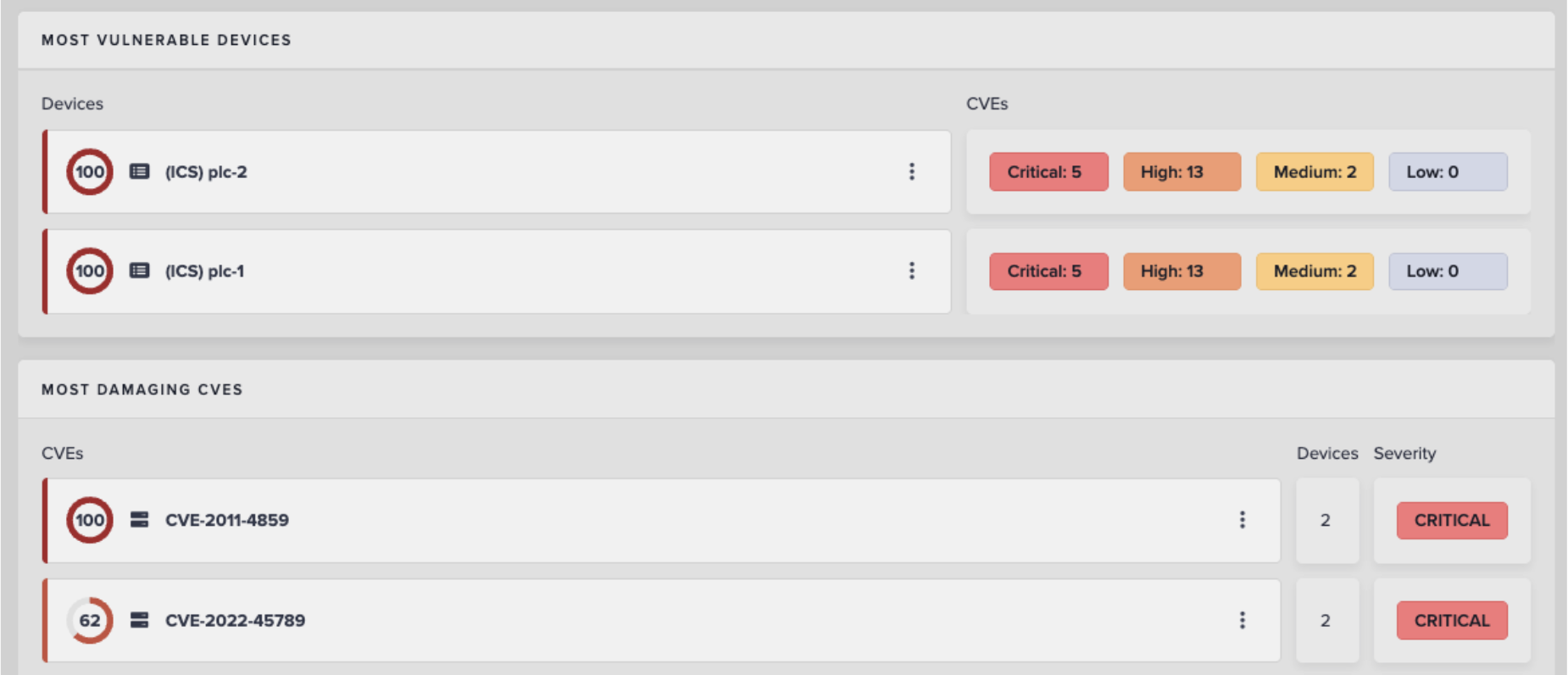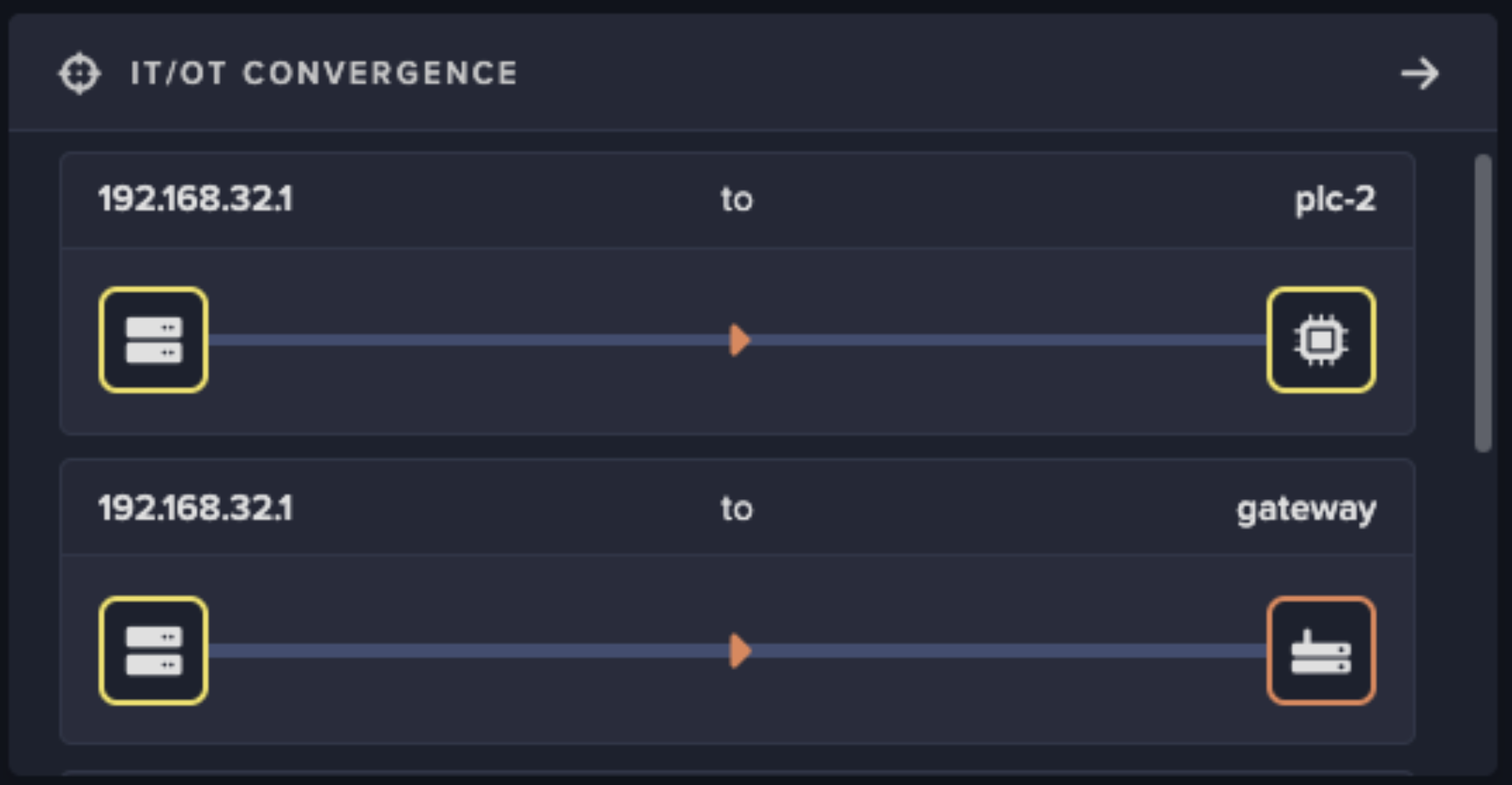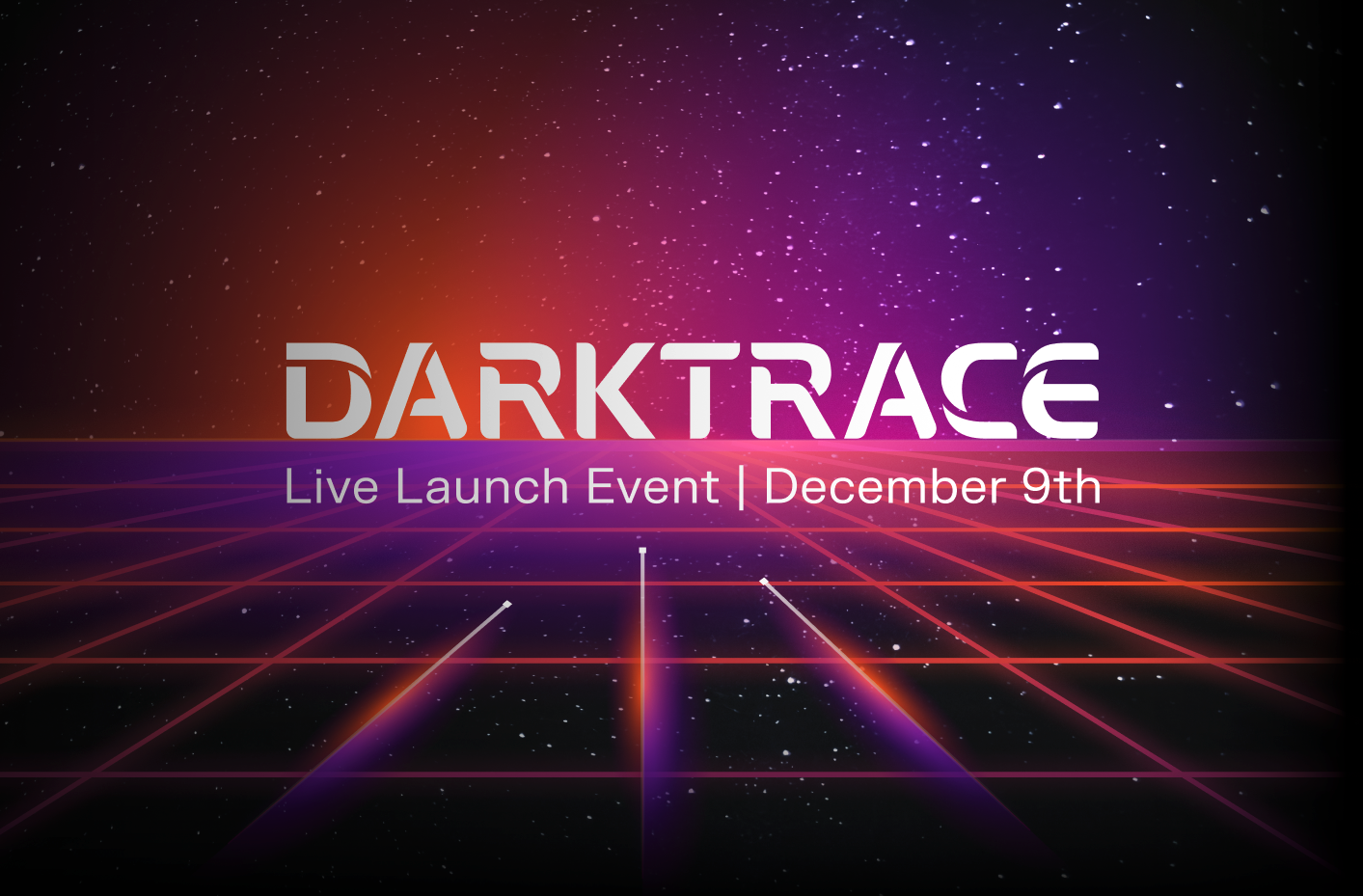Darktrace is pleased to announce that we have been positioned as a Leader in the IDC MarketScape: Worldwide Network Detection and Response 2024 Vendor Assessment. We believe this further highlights Darktrace’s position as a pioneer in the NDR market and follows similar recognition from KuppingerCole, who recently named Darktrace as an Overall Leader, Product Leader, Market Leader and Innovation Leader in the KuppingerCole Leadership Compass: Network Detection and Response (2024).
Network Detection and Response (NDR) solutions are uniquely positioned to provide visibility over the core hub of a business and employee activity, analyzing North-South and East-West traffic to identify threats across the modern network. NDR provides a rich and true source of anomalies and goes beyond process level data that is relied on by Endpoint Detection and Response (EDR) agents that do not provide network level visibility and can be misconfigured at any time.1
Metadata from network traffic can be used to detect a variety of different threats based on events such as anomalous port usage, unusual upload/download activity, impossible travel and many other activities. This has been accelerated by the increased usage of user behavioral analytics (UBA) in network security, which establishes statistical baselines about network entities and highlights deviations from expected activity.1
Darktrace is recognized as a Leader in the IDC MarketScape due to our leadership in the market and our pioneering leadership in AI over the past decade, alongside a variety of other unique differentiators and innovations in the NDR industry.
Darktrace / NETWORK™ delivers full visibility, real time threat detection and Autonomous Response capabilities across an organization’s on-premises, cloud, hybrid and virtual environments, including remote worker endpoints.
Unique Approach to AI
Most NDR vendors and network security tools such as IDS/IPS rely on detecting known attacks with historical data and supervised machine learning, leaving organizations blind and vulnerable to novel threats such as zero-days, variants of known attacks, supply chain attacks and insider threats.
These vendors also tend to apply AI models that are trained globally, and are not unique to each organization’s environment, which creates a high number of false positives and alerts that ultimately lack business context.
The IDC MarketScape recognizes that Darktrace takes a differentiated approach in the market with regards to delivering network detection and response capabilities, noting; “Darktrace is unique in that it does not rely on rules and signatures but rather learns what constitutes as normal for an organization and generates alerts when there is a deviation.”1
Darktrace / NETWORK achieves this through the use of Self-Learning AI and unsupervised machine learning to understand what is normal network behavior, continuously analyzing, mapping and modeling every connection to create a full picture of devices, identities, connections and potential attack paths. Darktrace Self-Learning AI autonomously optimizes itself to cut through the noise and quickly surface genuine, prioritized network security incidents – significantly reducing false positives and removing the hassle of needing to continually tuning alerts manually.
Darktrace’s unique approach to AI also extends to the investigation and triage of network alerts with Cyber AI Analyst. Unlike a chat or prompt based LLM, Cyber AI Analyst investigates all relevant alerts in an environment, including third party alerts, autonomously forming hypotheses and reaching conclusions just like a human analyst would, accelerating SOC Level 2 analyses of incidents by 10x. Cyber AI Analyst also typically providing SOC teams with up to 50,000 additional hours annually of Level 2 analysis producing high level alerts and written reporting, transforming security operations.2
Darktrace also uses its deep understanding of what is normal for a network to identify suspicious behavior, leveraging Autonomous Response capabilities to shut down both known and novel threats in real time, taking targeted actions without disrupting business operations. Darktrace / NETWORK is the only NDR solution that can autonomously enforce a pattern of life based on what is normal for a standalone device or group of peers, rapidly containing and disarming threats based on the overall context of the environment and a granular understanding of what is normal for a device or user – instead of relying on historical attack data.
Continued NDR Market Leadership
Darktrace has been recognized as a Leader in the NDR market, and the IDC MarketScape listed a variety of strengths:
- Darktrace achieves roughly one-fifth of all global NDR revenue. This is important because other IT and cybersecurity solutions providers necessarily want to have integration with Darktrace.
- The AI algorithms that Darktrace uses for NDR have had 10 years of deployments, tuning, and learning to draw from.
- Darktrace is available as a SaaS, as an enterprise license, and as physical, hybrid, or virtual appliances. Darktrace also offers an endpoint agent and visibility into VPN and ZTNA.
- Darktrace integrates with 30+ different interfaces including SIEM, SOAR, XDR platforms, IT ticketing solutions, and their own dashboards. The Darktrace Threat Visualizer highlights events and incidents from the entire deployment including cloud, apps, email, endpoint, zero trust, network, and OT.
- Darktrace / NETWORK charts the progress that the SOC is making over time with key metrics such as MTTD/MTTR, alerts generated and processed, and other criteria.
- Darktrace reported coverage of 14 MITRE ATT&CK categories, 158 techniques, and 184 subtechniques
Proactive Network Resilience
The IDC MarketScape notes, “Ultimately, NDR shines as a standalone detection and response technology but is especially powerful when combined with other platforms. NDR in combination with other control points such as endpoint, data, identity, and application provides the proper context when winnowing alerts and trying to uncover a single source of truth.” . Darktrace comprehensively addresses this as part of the ActiveAI Security Platform, by combining network alerts with data from / EMAIL, / IDENTITY, / ENDPOINT, / CLOUD and / OT, providing deeper contextual analysis for each network alert and automatically enriching investigations.
Darktrace also goes beyond NDR solutions with capabilities that are closely linked to our NDR offering, helping clients to achieve and maintain a state of proactive network resilience:
- Darktrace / Proactive Exposure Management – look beyond just CVE risks to discover, prioritize and validate risks by business impact and how to address them early, reducing the number of real threats that security teams need to handle.
- Darktrace / Incident Readiness & Recovery – lets teams respond in the best way to each incident and proactively test their familiarity and effectiveness of IR workflows with sophisticated incident simulations based on their own analysts and assets.
Together, these solutions allow Darktrace / NETWORK to go beyond the traditional approach to NDR and shift teams to a more hardened and proactive stance.
Protecting Clients with Continued Innovation
Darktrace invests heavily in Research and Development to continue providing customers with market-leading NDR capabilities and innovations, which was reflected in our position in the Leader category of the MarketScape report for both capabilities and strategy. We are led by the needs and challenges of our customers, which serve as the driving force behind our continued innovation and leadership in the NDR market. The IDC MarketScape report underlines this approach with the following feedback presented by Darktrace customers:
“A customer intimated that 99% of their detections were OOTB with little need to tune or define parameters.”
“A customer reported that it had early warnings for adversarial tactics such as suspicious SMB scanning, suspicious remote execution, remote desktop protocol (RDP) scanning, data exfiltration, C2C, LDAP query, and suspicious Kerberos activity.”
“The client could use Regex to determine if suspicious behavior was found elsewhere on the network.”
Thousands of customers around the world across all industries and sectors rely on Darktrace / NETWORK to protect against known and novel threats. From the latest vulnerabilities in network hardware to sophisticated new strains of ransomware and everything in-between, Darktrace helps clients detect and respond to all types of threats affecting their networks and avoid business disruption, even from the latest attacks.
Find out more about the unique capabilities of Darktrace / NETWORK and our application of AI in network security in the IDC MarketScape excerpt.
References
- IDC MarketScape: Worldwide Network Detection and Response 2024 Vendor Assessment (Doc #US51752324, November 2024)
- Darktrace Cyber AI Analyst Customer Fleet Data





















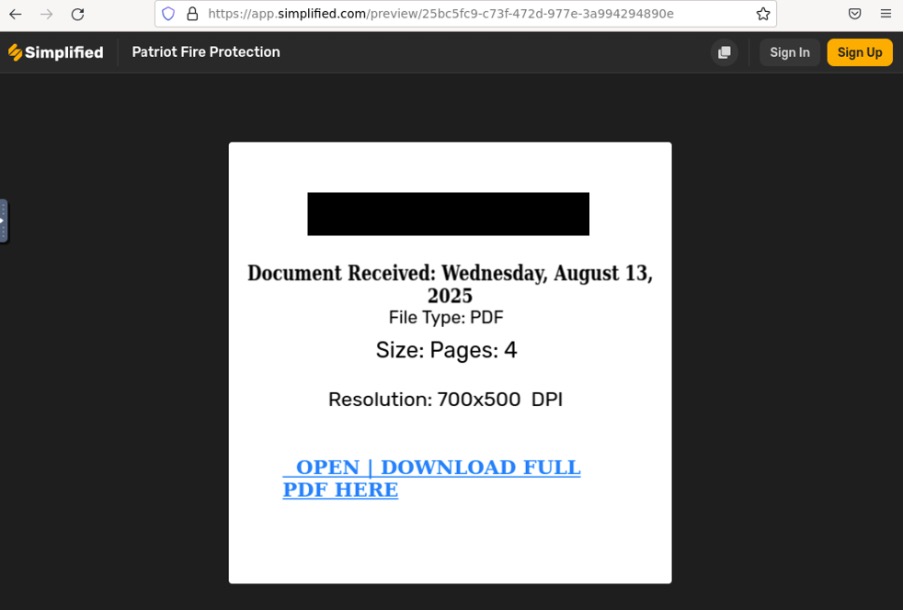
%20Date08132025%200740%20AM.png)
